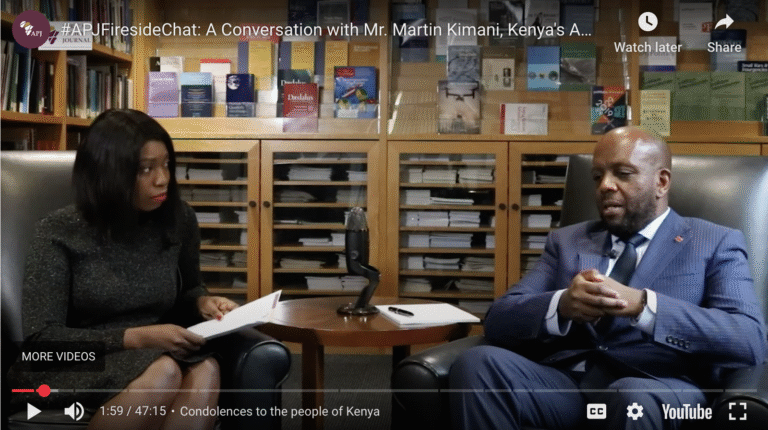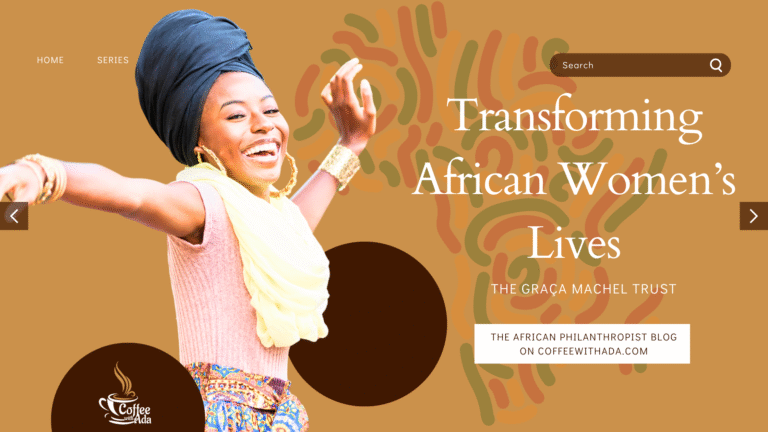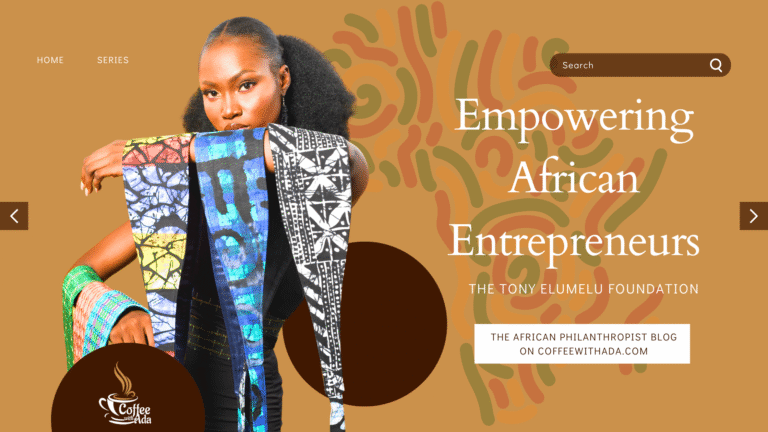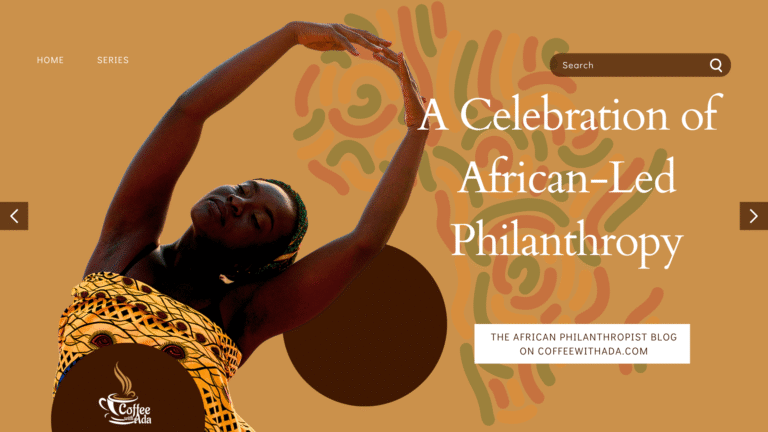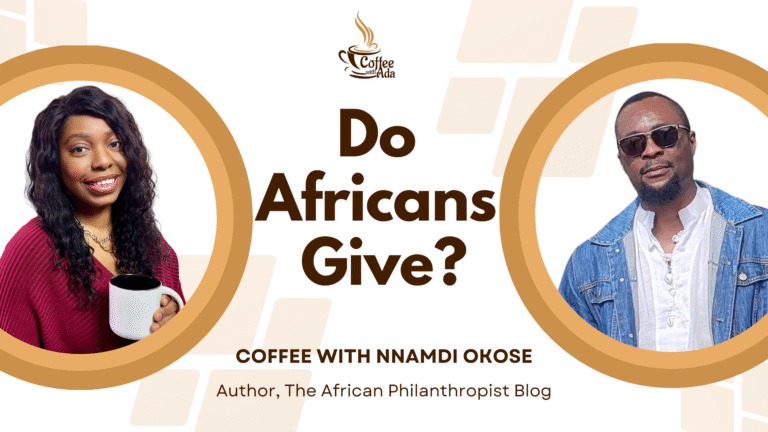By Ada Ezeokoli (MPA) and Dr. Lobga Galega (MPH)
Editor’s note:
Dr. Christopher Da Costa is a subject matter expert at the Coalition for Epidemic Preparedness Innovations (CEPI). He is a subject matter expert on vaccine development, and leads the disease program for coronavirus vaccines, including the Middle Eastern Respiratory Syndrome (MERS). He has worked on Lassa Fever and the Nipah Virus as well as other aspects of interest to CEPI such as its monoclonal antibody program and its adjuvant program. CEPI’s work is focused on equitable access to vaccines and other countermeasures in low- and middle-income countries.
Dr. Da Costa spoke with Ada Ezeokoli about the status of vaccine production and manufacturing in Africa and what it will take for the continent to fully realize this aspiration. A summary background on the vaccine production landscape in Africa and an edited transcript follows.
Vaccine Production in Africa: A Public Health Perspective – Dr. Lobga Galega
Africa currently contributes only about 0.1% of the global supply of vaccines. However, the continent is amplifying its efforts towards self-sufficiency. More than 30 vaccine manufacturing initiatives are reportedly underway across the continent. In 2021, the Africa Centres for Disease Control and Prevention (Africa CDC) set a target of 60% of vaccines required by the continent to be manufactured locally by 2040. They outlined the key areas needed to achieve this ambitious goal in The Partnerships for African Vaccine Manufacturing framework which included: research and development, regulation, pooled procurement, technology transfer, intellectual property, and financing.
Local vaccine production has great public health benefits to the region. Elimination of diseases like malaria, polio and Ebola can be accelerated with local manufacturing as there is increased access and better control of spread. It will also enhance the speed of response to public health emergencies as there will be improved stockpiling based on specific needs. Another benefit stems from lessons learned from the COVID-19 pandemic and that’s a resilient health system. There will be massive drop in reliance from external actors and this can in turn foster more independence across the region. This has the potential of reducing vaccine hesitancy and fostering trust amongst the population. Local manufacturing also has a global impact as it can foster better pandemic preparedness and contribute to the global vaccine supply.
Edited Transcript: Interview with Dr. Christopher Da Costa
AE: Talk to us a little bit about what the vaccine production status for the continent of Africa is like right now.
Christopher Da Costa: The mantra at the moment is that one percent of the vaccine requirement for Africa is fulfilled by local supply from Africa. The aspiration is that 60 percent of that supply by 2040 will be produced locally within Africa, and that’s a very lofty goal. There is so much more than the aspirational target that goes to making this come to fruition. There’s a lot going on now to have a lot of collaboration between local organizations within Africa and various public private partnerships outside of Africa, the global North helping the global south not just Africa. And this is the subject of a lot of policy declarations that have yet to be translated into practical activities.
AE: When you think about your role at CEPI, what are you excited about in terms of vaccine production in Africa?
Christopher Da Costa: What excites me is that there is now much conversation and a move to translate this to action for making vaccines accessible to many more people in Africa, not just during times of outbreaks, but for routine use to prevent these diseases in the first place. This has been a long time coming. We certainly have had vaccination programs in Africa that have been supported by organizations outside of the continent, the research and development clinical trials, the manufacturing regulatory authorities that have approved vaccines to be used in Africa. But we certainly need to bring home some of these activities in a way that’s sustainable, in a way that has buy-in from the key stakeholders, most importantly, the subjects who will receive these vaccines either in an outbreak or for routine use. So, the time is now, and we certainly have a lot of activity that’s ongoing to that effect.
Watch this Q&A on YouTube
AE: What are we still missing and what do we need to do to realize this aspiration?
Christopher Da Costa: A lot revolves around the fact that Africa is a continent of many countries. There are over 50 countries in Africa, and they are spread over a very wide geographical area. These countries have their different cultures, different languages, and there are so many different entities politically. It’s very important to have a system that ensures a rational use of resources and introduction of resources on the continent that would be of value to all countries. So having regional hubs in different parts of the continent seems to be one potential avenue which avoids duplication of effort.
For example, having a particular set of vaccines produced by a manufacturing facility in West Africa that complements what’s produced by another large-scale manufacturing facility on the East side of Africa, and different from the one in the South, one in Central and one in North, just for the sake of argument. They also potentially open the avenue for having a common market such that each one of these facilities doesn’t fall short in terms of demand because there has to be demand for these products if they’re being produced at large scale such that the facilities in of themselves are viable economically.
So, collaboration certainly on the market access side, collaboration also in terms of financing for these various entities and financing for procurement of vaccines. That is a big area that so far has been taken on by Gavi with the help of the World Health Organization (WHO). The WHO pre-qualifies vaccines in terms of their safety, efficacy, and quality, before they are ready to be procured by Gavi and subsequently supplied to Africa. But there is an issue with that. Gavi mainly procures vaccines that are very expensive for multinational corporations (MNCs) for most vaccines. Therefore, there is a limit to how much can be supplied for widespread use in Africa.
Now, the new model really has to look at new ways of financing that has tiered levels of sourcing of vaccines that are more favorable to low- and middle-income countries. In other words, translate that to cheaper sources of vaccines, yet of high-quality, safety and efficacy. So, a lot of thought needs to be put into procurement in addition to access to markets.

AE: How do you think the Africa Continental Free Trade Area (AfCFTA) can support the goal of vaccine production on the continent?
Christopher Da Costa: That organization is precisely the kind of organization that should be leveraged to facilitate free trade across the continent when it comes to vaccines and market access. By allowing important export without significant restrictions from one hub to other parts, that opens up the market access, opens up the demand equation for those vaccines in that hub and therefore increases the likelihood of viability in the long term of that facility.
So, the (AfCFTA) could certainly play a role by interlinking governments from different parts of the continent to work together towards an open market. I think that’s a critical role that would be played in this sort of situation.
AE: Why did you get into this field and what advice do you have for people interested in working in public health?
Christopher Da Costa: I always used to ask myself the question, I am a practicing clinician, but what is it that I feel is missing? And it was always a question of what impact can I have beyond what I call “the revolving door”. I had this analogy of a sink that’s filling up because the plug is in and the tap has been left on and it’s overflowing and the water’s falling on the floor. And someone is using a mop and constantly mopping up the water, but that water continues to fill up the floor, fill up the room. And the way to resolve that problem is to turn off the tap.
And I draw that analogy to the revolving door of clinical practice versus public health. How can I have a bigger impact by turning off the tap? And that’s how I came to gravitating towards public health. It helped that I was working in the field of infectious diseases, which of course lends itself most in terms of specialty in medicine to public health arguably. And I found that by having an impact in developing vaccines or helping to develop vaccines, I could have a much greater global imprint in the work that I do. And that’s what brought me into the field.
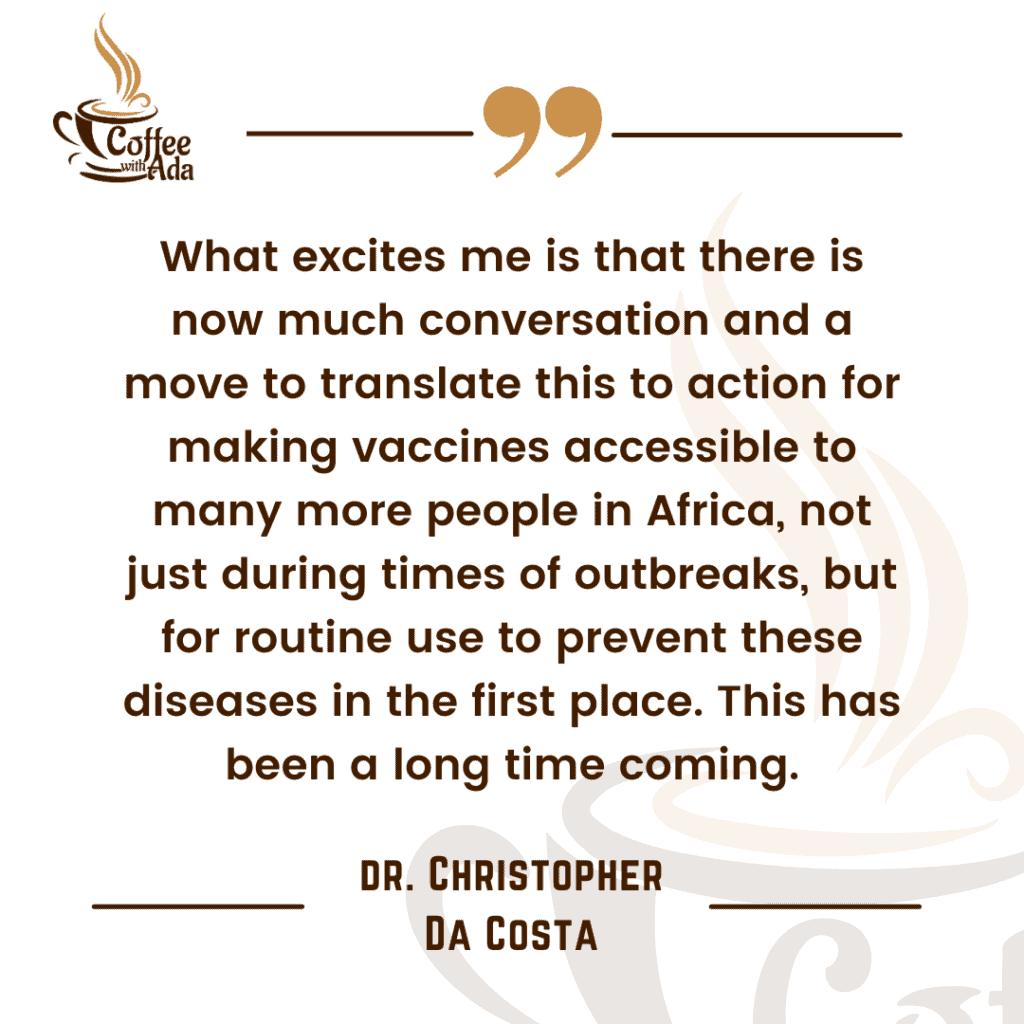
Ultimately, my advice to those that are coming into the field is to be very circumspect about what your goals are in coming into public health. You need a buy-in into the concept of a global imprint in what you are doing. It doesn’t mean you have to walk away from clinical practice where you can but realizing that you can have a bigger impact means doing things in a different way, thinking in a different way, thinking proactively about how you can prevent, rather than necessarily treat diseases. And that mindset is very important coming into this kind of work.
Have someone you think we should interview, or an event you think we should attend? Contact Us!

